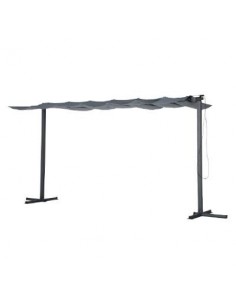

This event provides an excellent terminus ante quem for the pottery from the site and it is hoped that the results presented will help to fine-tune amphora chronologies for the period under consideration.

The main reason, however, for ending the study at around 250 BC is the apparent abandonment of the site after the death of the Cyrenaican governor Magas in the 250s BC. The chosen time-span begins and ends with two major historical events: the end of the Peloponnesian War (403) and the course of the First Punic War (264-241 BC). The study is limited to the late Classical and early Hellenistic periods, c.

It is as such indicators of ancient trade they are studied in the present work.

Since the organic products transported in the amphorae have left little or no trace in the archaeological record, the amphorae themselves, if carefully studied, provide us with excellent indicators of trading contacts. Euesperides imported amphora-borne commodities on a large scale and over long distances, from the Aegean and Cyprus in the East, from mainland Greece, Magna Graecia and Sicily to the Punic cities in Spain and Tripolitania. Once the amphorae had reached their destinations they were emptied of their contents and most often discarded, like bottles today. The shape of a typical transport amphora with a pointed or rounded toe is unsuitable for storage, but ideal for transportation in the hull of a ship, where the vessels could be tightly packed. Amphorae are large, pottery containers for the transportation over sea of mainly liquid food products like wine and olive oil, but also processed fish. ABSTRACT The study aims at investigating the ancient trade in amphora-borne commodities based on a quantitative analysis of forms and fabrics of amphorae from the 1999-2006 excavations at the Greek city of Euesperides, modern Benghazi in Libya. This book is the publication of the author's doctoral thesis, publicly defended at Lund University 3 March 2007.


 0 kommentar(er)
0 kommentar(er)
